How Ontario’s new regional health teams will operate is anyone’s guess in ‘low-rules environment’
Posted: July 25, 2019
(July 20, 2019)
By: Grant LaFleche, Joanna Frketich, Hamilton Spectator and St. Catharines Standard
No one is sure how they will be governed or funded, or how they will function. But they will be the way forward for health care in the province.

“My mom made me promise that she would never go in a nursing home,” said Susan Apro who cares for her 94-year-old mom, Pat Coffer, at their East Hamilton home. Ontario Health Teams aim to better integrate the health-care system to make it easier for patients and their families to navigate. – John Rennison,The Hamilton Spectator
The only sure thing about the local teams expected to eventually take over the delivery of health care in Ontario is that no one is sure.No one is sure how the new Ontario Health Teams (OHT) will be governed. Or funded. Or how they will function.
Even those creating the groups in Hamilton, Burlington and Niagara don’t know how they will share scarce provincial dollars, be accountable or what kind of voice the communities they serve will have.
The Progressive Conservative government itself doesn’t know, providing only the vaguest of details and saying the teams will evolve over time.
Although the care of hundreds of thousands of people and the future of Ontario’s revamped health system will rest in large measure on the shoulders of these alliances of local providers, patients and caregivers, the future is mostly filled with unknowns.
“I don’t understand it, and I represent 35,000 people who work in hospitals and long-term care facilities,” said Michael Hurley, president of the Ontario Council of Hospital Unions of the Canadian Union of Public Employees.
“I don’t think members of the public understand it. I don’t think any of us have been privy to any discussion about what the model is or whether it’s a workable model.”
A massive overhaul of the health-care system in Ontario came into effect June 6 under the Connecting Care Act. An investigation by The St. Catharines Standard and The Hamilton Spectator provides the most comprehensive coverage to date of the restructuring, considered the biggest change since Medicare.
The plan announced in February puts a super agency named Ontario Health in charge of the entire health-care system — from hospitals to community care to organ donation to cancer care. It will oversee dozens of regional groups, called OHTs, made up primarily of health and social service organizations working together to integrate services locally and help area residents navigate the system.
“The local health teams are the most poorly defined of the announcement,” said Marvin Ryder, former board chair of Hamilton Health Sciences. “I don’t really know what they are.”
Soon-to-be gone are the 14 independent regional health authorities, called Local Health Integration Networks (LHINs), that used to oversee the health-care system along with six agencies: Cancer Care Ontario, eHealth Ontario, Trillium Gift of Life Network, Health Quality Ontario, HealthForceOntario and Health Shared Services Ontario. All will be absorbed by the new super agency, leaving a regional void that OHTs are expected to fill.
“It’s like you have a fresh, blank piece of paper, and we get to write out the plan that works best,” said Dr. Scott Wooder, Hamilton family physician and former president of the Ontario Medical Association (OMA). “If people put their own interests aside and concentrate on the interests of the population at large, then things can be made better.”
Organizations in this area and across the province scrambled to build teams over six short weeks in April and May to be the first to decide what the future of local health delivery will look like for geographic regions of up to around 500,000 people.
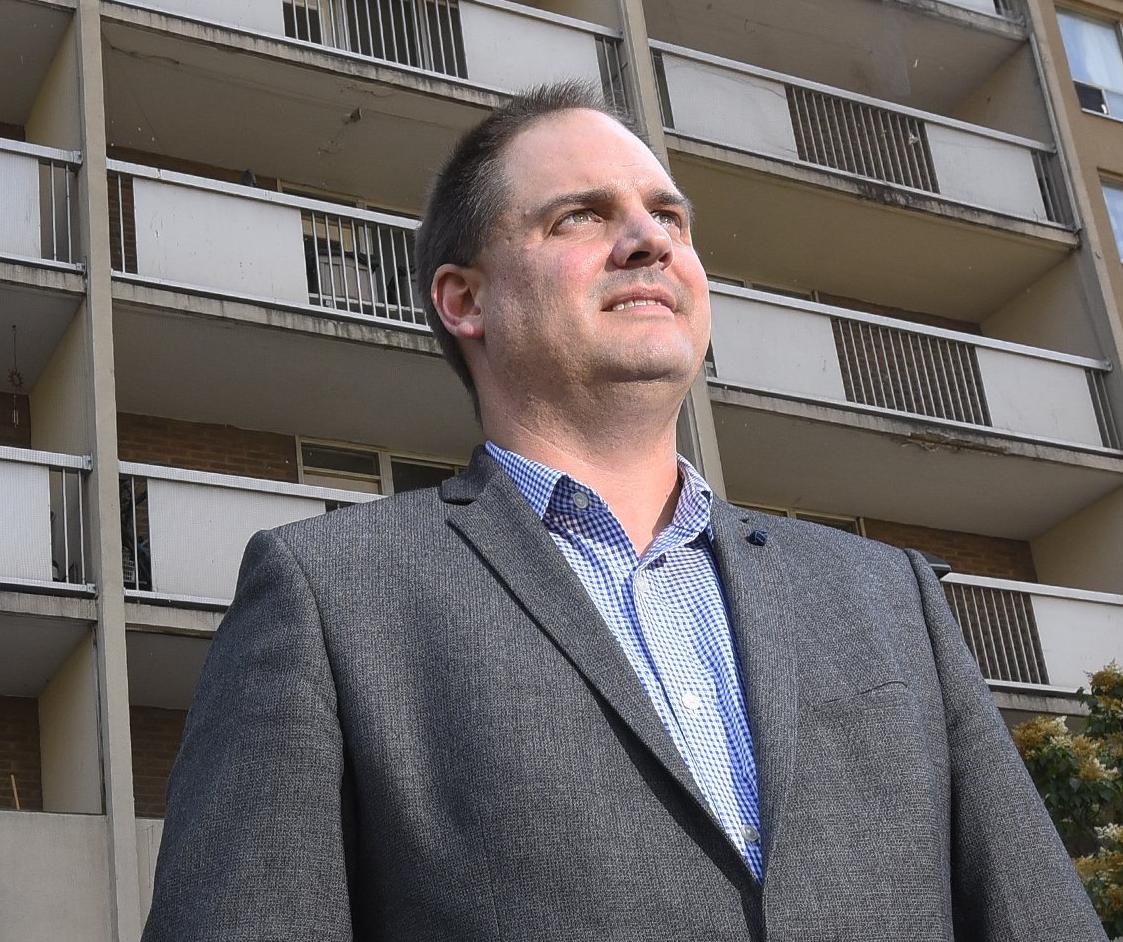
“The time frame around this is, in some ways, diabolically fast,” said Paul Johnson, who is representing the city in the proposed Hamilton OHT. “We’re working very hard to keep up with this.”
The competition is fierce to become an OHT, with more than 150 teams across the province putting in preliminary proposals May 15, including one each in Niagara, Hamilton and Burlington.
“For me, the power of this opportunity is a whole range of partners working together, building from the ground up rather than having a model imposed from the government down,” said John Fleming, co-chair of the proposed Hamilton OHT. “It’s really a transformational opportunity.”
Almost all of the proposed teams are moving forward but being split into four streams.
The first group is made up of 31 teams in the running to become the first OHTs in the province. The Niagara, Hamilton and Burlington proposals are all part of this early-adopter group which were invited July 18 to go to the next step in the process and put in a full application. A decision is expected around October.
“I’m optimistic they all will (become OHTs),” deputy health minister Helen Angus said during a conference call with applicants Thursday. It’s a far cry from the original estimate of five to 10 early adopters.
“I think they will use these early adopters to test out different models of how to do it,” said Johnson. “And to also figure out what legislation may have to be adjusted in order to make them successful. This is an evolutionary process.”
Another 43 teams will continue to develop with the help of the Ministry of Health to become the next wave of OHTs in the staggered and evolving process.
Lastly, around 76 teams are in the two streams for those in more initial stages and will work toward becoming OHTs in the future as the reforms gradually roll out over a number of years.
Angus says ultimately there is no limit on how many OHTs the province could have in the end.
But not all are jumping on board. Considering early adopters are fumbling in the dark, unclear about their own future, the OMA advised the province’s doctors that involvement, at first, “may not be for everyone.”
“The health system reform proposed is a monumental undertaking, and OHTs, as a new entity, have many unknowns,” states the OMA document dated May 17 called Ontario Health Team FAQs. “Physicians have raised many legitimate concerns, including about the administrative burden, governance uncertainties, financial burden, etc.”
The Ontario Nurses’ Association is calling it “a prescription for disaster” in its campaign that urges people to email their opposition to Premier Doug Ford.
“He’s breaking our health-care system apart with no idea about what should come next, leaving the hard details for everyone else to figure out,” states the campaign. “It’s a complete failure of leadership.”
The questions go beyond the teams to the soon-to-be-created super agency that oversees them. It’s not yet clear how Ontario Health itself will operate, what effect it will have on the teams or how much local input it will seek before making decisions.
“What will be different is that they (the OHTs) will be an extension of the agency rather than independent bodies,” said Anthony Dale, president of the Ontario Hospital Association (OHA). “We don’t need such a high degree of autonomy as the LHINs have had.”
Many health leaders in the heart of the storm see OHTs as an opportunity, saying the status quo is not an option.

“I’m on the side that it is absolutely good to try something new, because I think we can’t afford health care moving forward without it,” said Dr. Tom Stewart, CEO of Niagara Health and St. Joseph’s Healthcare Hamilton, which are both involved in OHT applications.
The co-chair of the proposed Burlington OHT agrees: “In order to work with limited resources, we need to organize ourselves better,” said Dr. Harpal Singh. “We can’t have doctors doing the same thing twice.”
Nevertheless, neither have answers about how the health teams will function or be governed, with Stewart calling the current situation “a low-rules environment.”
“There are lots of thoughtful folks putting their minds to how we are going to effectively govern it,” he said. “Ideally, local communities working together will find those solutions together, as a team, on how they are going to oversee or govern or whatever term you want.”
When Health Minister Christine Elliott was asked about how OHTs will be governed during a conference call to applicants July 18, she said the teams will “learn from each other.”
“There are no wrong answers,” she said.
But health-care leaders disagree about whether the teams will ultimately build bridges or empires dominated by the biggest players, such as hospital systems.
“It’s certainly a concern for many smaller agencies,” said Glen Walker, executive director of Positive Living Niagara, a small agency in downtown St. Catharines that provides support and advocacy for HIV-positive individuals and is on the opioid crisis front line.
Prior to the Ford government’s restructuring, Positive Living had no plans to integrate its services with other agencies. But in this environment, Walker said there was no choice but to join the application of Niagara’s health team.
“Do we want to be the captains of our own fate? For many agencies like ours, the answer is ‘Yes, as much as possible,'” he said. “We would rather be on the forefront of something new and hopefully have our voices heard rather than jump on board later and have someone else try to fit us in.”
Whatever the uncertainties, OHTs are not a pilot project. All health-care providers across the entire health-care system are being encouraged by the government to self-organize voluntarily and work with social service organizations, patients and caregivers.
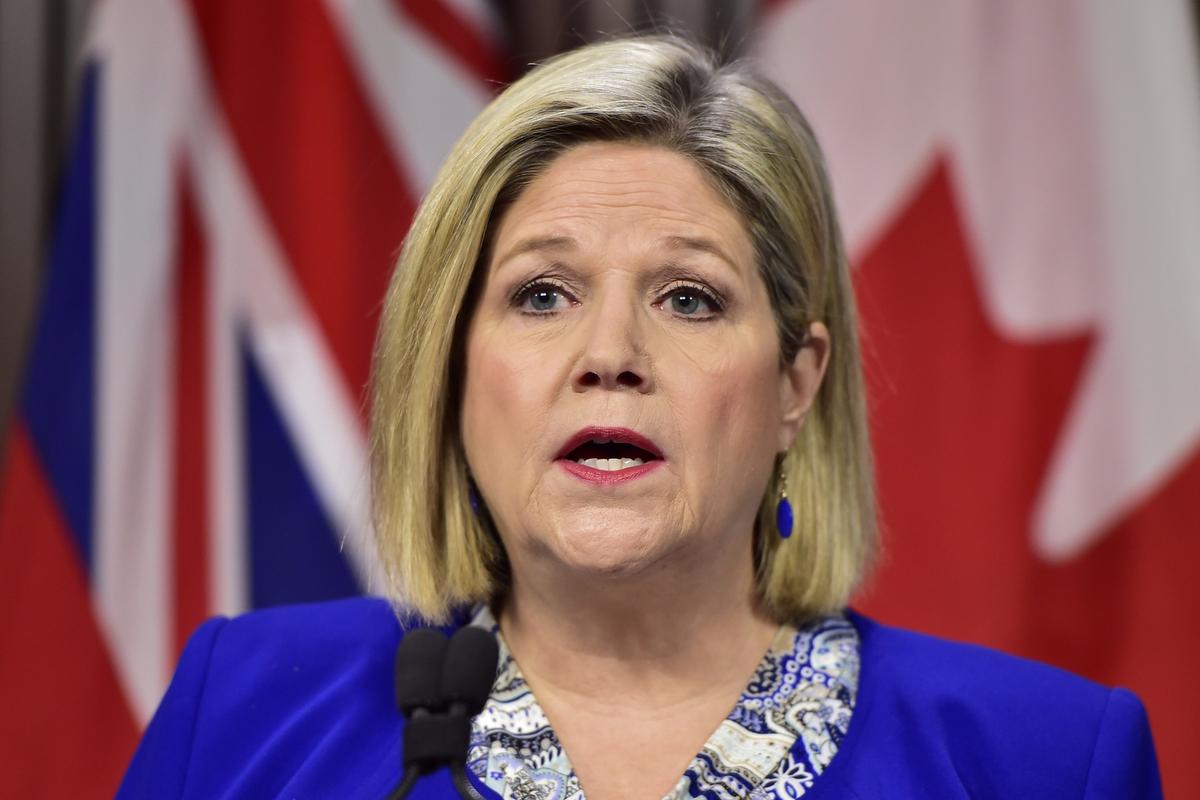
“I think it’s pretty naïve to think that, just out of the goodness of everybody’s heart, all of the providers of health-care services in any certain geographic area are going to come to the table with a rationalized pie and split it up,” said NDP leader and Hamilton Centre MPP Andrea Horwath.
The government has left the door open to forcing providers to join teams and work together if necessary.
“All through the legislation they have written in specific powers to coerce, to order, to direct mergers, amalgamations, service transfers and entire closures of health-service providers,” said Natalie Mehra, executive director of The Ontario Health Coalition.
Essentially, OHTs make a wide variety of different health-care organizations accountable together for patients within a geographic region for the first time in the province.
“It’s the beginning of a significant shift in the delivery of health care in Ontario,” said Donna Skelly, Conservative MPP for Flamborough-Glanbrook. “Currently, health-care providers are working in silos. Now they will be working collaboratively, talking to each other from inception and ensuring that the patient doesn’t get lost through the system.”
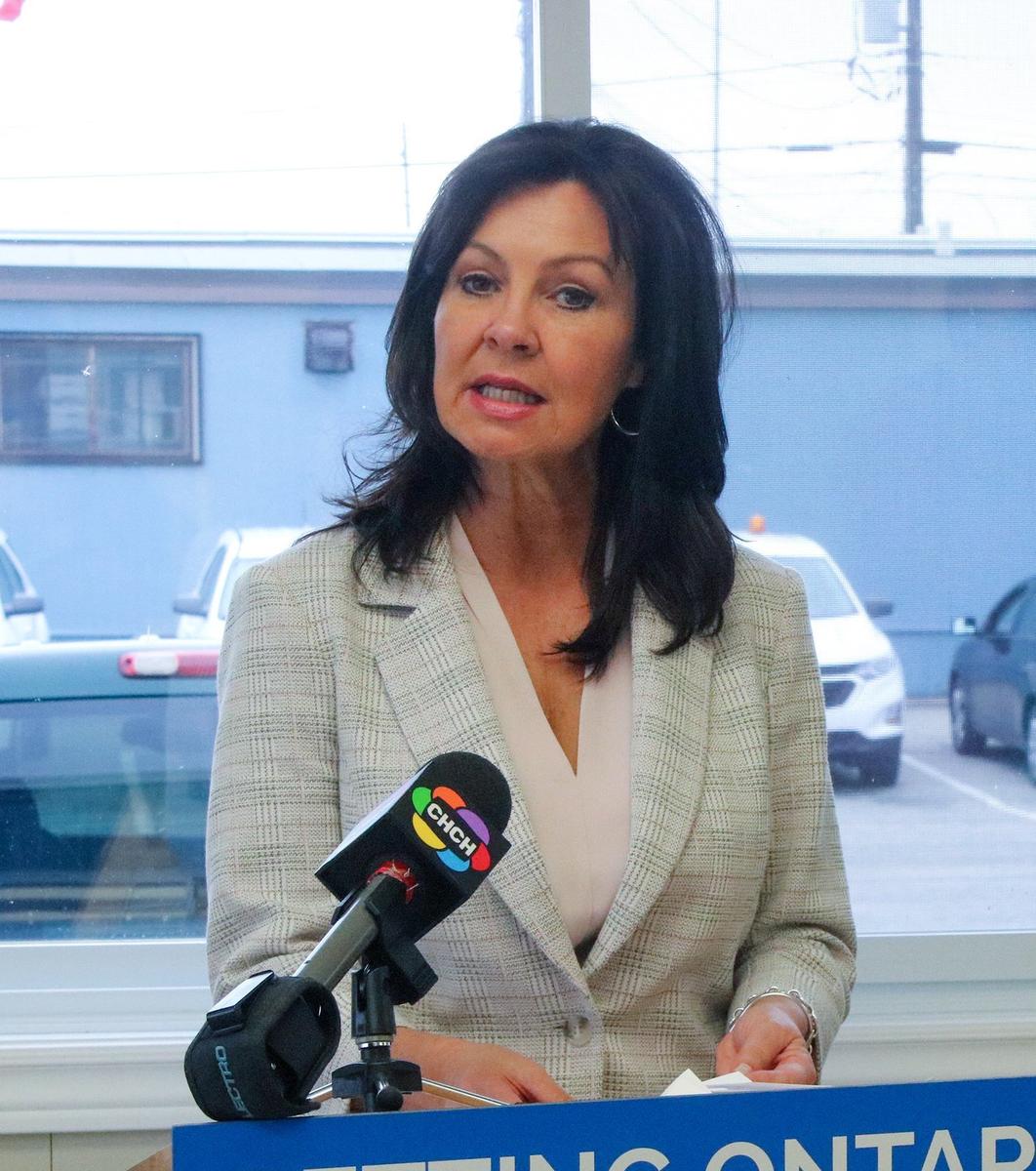
Skelly says the plans mimic a highly successful model created by St. Joseph’s Healthcare called bundled care or integrated comprehensive care. The program that runs in Hamilton, Niagara, Burlington and beyond also sees groups of providers team up to help patients navigate the health care system.
Susan Apro says bundled care is the reason she has been able to keep her 94-year-old mother, Pat Coffer, at home. She tells the full story on Day Four of the Operation Health Care Reform series about how daunting it was when her previously independent mom developed untreatable heart issues and an aneurysm in April that suddenly thrust Apro into the role of primary caregiver.
“My mom made me promise that she would never go in a nursing home. So as long as I’m able, I’ll keep my mom home, looking after her,” said Apro. “With this program, I have that support behind me.”
OHTs aim to be a similar guide through the system. The Premier’s Council on Improving Health Care and Ending Hallway Medicine described them in its June report: “Resources would follow the patient. There would be an emphasis on prevention and well-being, which would help divert patients from hospital-level care or from seeking care from the emergency department. Efficient processes, such as centralized intake and shared electronic medical records, are key features of a well-integrated health-care system.”
So far, the government has said team members will share one funding envelope, co-ordinate care, provide 24-7 access to navigation services and be responsible for outcomes.
“Patients shouldn’t have to spend time having to navigate the system and figure out ‘Where do I get this?’ or ‘Who do I see for that?’,” said Eric Vandewall, CEO of Joseph Brant Hospital in Burlington. “It all should be seamless and that work should be done behind the scenes for them.”
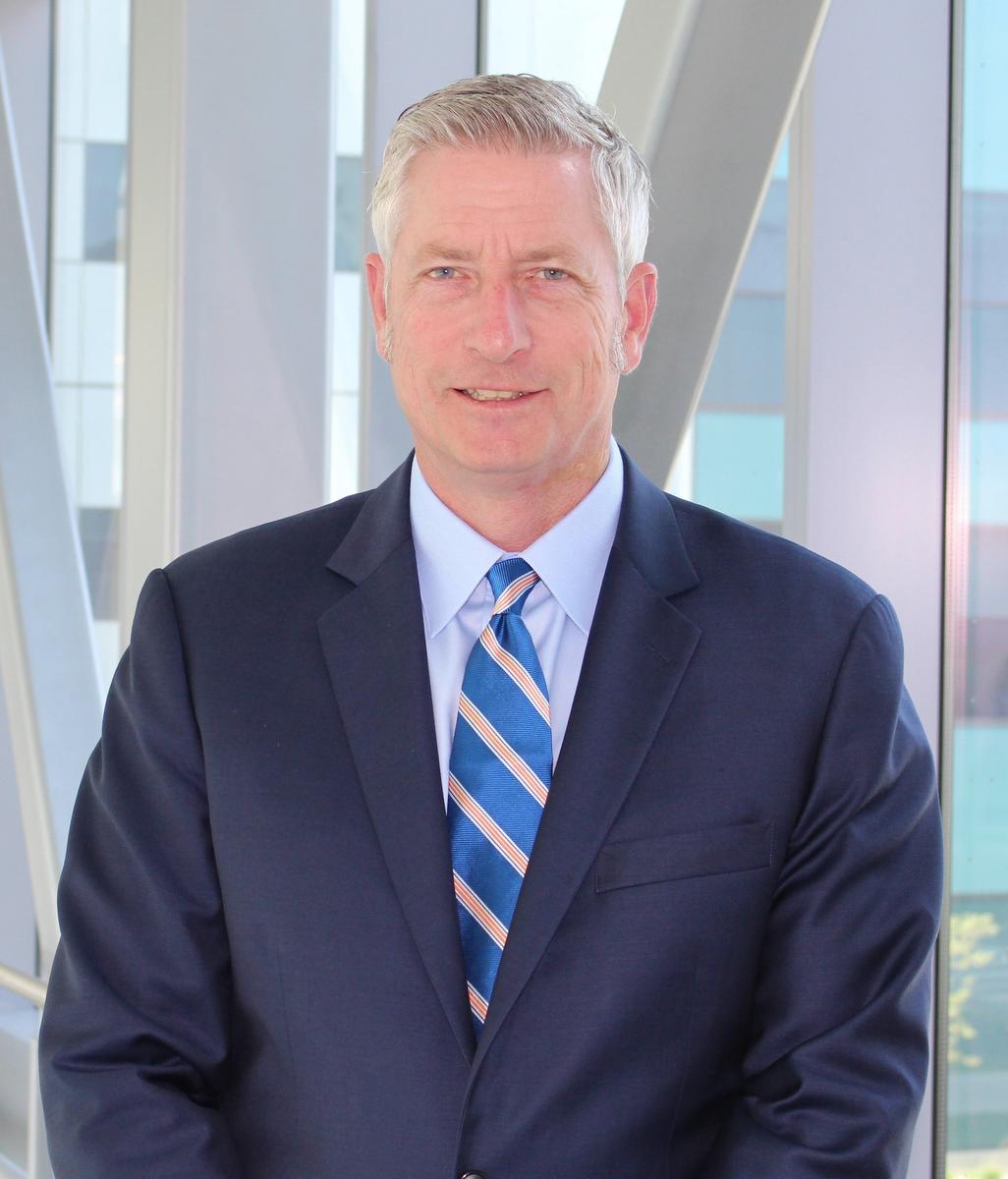
While the teams can start with as little as three different services, the long-term vision is that almost all aspects of the health-care system — from birth to death — will be involved.
Locally, the nascent health teams are already casting a wide net. Niagara’s OHT application is comprised of 26 agencies, including Niagara Health, the Hotel Dieu Shaver Health and Rehabilitation Centre, and the Niagara Region.
In Hamilton, St. Joseph’s, Hamilton Health Sciences, McMaster University and the city are among the 18 agencies proposing a single team, with more expected to join.
Primary care is the foundation of the Burlington application made up of eight organizations, including Joseph Brant Hospital. In fact, the Premier’s Council recommended in its June report that clinicians play a leadership role in the teams and family doctors from all types of practices take part.
But in the proposed teams, it’s the hospitals, governments and university that are the largest and most influential entities by a country mile.
None of the 74 proposed teams moving forward are led by Indigenous groups, although some include them such as the Hamilton OHT.
“Who is going to rise to the top of that?” said Mehra. “Those who have the ability to take the power will do so, and they will run the health system in their own interests.”
Stewart said the teams represent “pools of experts” that need to coalesce around a singular objective.
“In a low-rules environment, the pools of experts need to work together in a high-trust environment where they don’t feel that the big brother or sister is taking over,” he said. “That’s very important for these to be successful.”
Walker hopes that within the teams, smaller agencies like his will be able to form subgroups with a representative that will bring their needs and goals to a larger governing body. That might even give them a more effective voice than the under the current system, he said.
However, if the voices of smaller agencies are not heard, “the whole thing could fall flat on its face,” he said.
“It’s not going to be a competition to say who is going to be the big boss,” said Dr. David Price, head of family medicine at HHS and McMaster. “That won’t fly.”
Hospitals aren’t interested in taking over, says Dale. The president of the OHA says they’re highly motivated to work with community organizations to solve hallway medicine.
“I’ve been asked ‘Are hospitals just going to scoop up resources from other providers?’,” said Dale. “Nothing could be further from the truth.”
However, one local hospital leader anticipates the big institutions will take a direct leadership role, particularly when it comes to how funding is managed.
“Arguably, it may end up in the hospitals because they probably have the better infrastructure to manage a large bunch of funding,” said Stewart. “But to me, that shouldn’t be threatening.”
He predicts the hospitals would take what will eventually become one envelope of funding for a patient’s care and distribute it among the other organizations.
Right now, each organization gets its own funding from the government, so the unknowns around how resources would be managed and shared is the biggest leap of faith for those joining the OHTs.
“We’re all very concerned, to be honest,” said Singh of the proposed Burlington OHT. “We’re hoping to build trust.”
The other funding question is how to pay for the administration of the teams, as the province has so far made it clear that it isn’t providing resources to run OHTs.
“We need to meet with a lawyer to develop our governance model; who’s paying for that?” asked Singh about questions that have come up.
So far, hospitals have been footing the majority of the bill, said Vandewall.
“The model has said that the hospitals where they can provide back-office support services — that could be HR, finance, pay roll and all of these types of things — we’re to extend those as much as possible in supporting the development of the health team and not duplicating those things among the various partners coming together.”
But hospitals are cash-strapped themselves and can only cover the costs of administering the OHTs, particularly when it comes to expensive technology, such as creating one electronic patient record, roster management and finance systems.
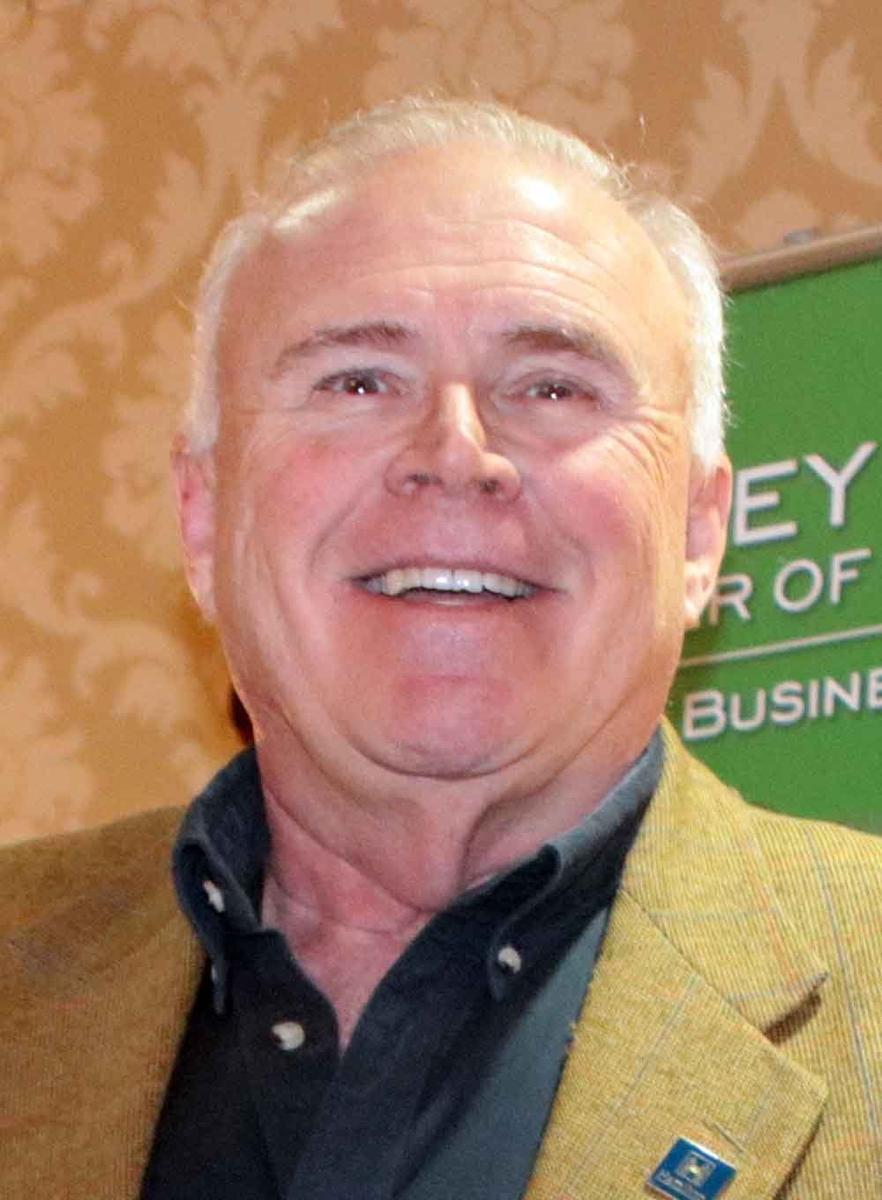
“The government typically has not funded those types of things,” said Vandewall. “That will be an expense all Ontario Health Teams are going to be faced with, and we’ll be looking to government for support.”
With self-organization, self-governance and self-funding driving the new teams, Ryder predicts huge variations in effectiveness.
“We could have some health teams in some parts of the province that are glorious and we could have them in other parts of the province where they don’t seem to be doing anything,” he said.
It’s also expected to prove challenging to bring different kinds of providers in Ontario under one umbrella to work together. Will for-profit companies share information with competitors? How will the patchwork quilt of union contracts come into play? Where do the beliefs of religious organizations fit in?
“All of us are very different, separate and individual entities,” said Johnson. “Some have volunteer boards of directors, some have political governing bodies and all will have to find a way that this works.”
It’s unlikely there will be any more clarity on OHTs before the first groups are scheduled to be announced in the fall.
“There are a lot of questions that remain unanswered,” said Horwath. “There seems to be a massive change afoot with very few details.”
Ontario Health Teams: What are they?
Before the changes
Ontario had 14 regional health authorities called Local Health Integration Networks (LHIN). The province also had six agencies: Cancer Care Ontario, eHealth Ontario, Trillium Gift of Life Network, Health Quality Ontario, HealthForceOntario and Health Shared Services Ontario.
After the changes
A single super agency called Ontario Health will oversee dozens of local Ontario Health Teams.
Who makes up the teams
Local health-care providers, social service organizations, patients and caregivers from at least three different sectors. Eventually, it is expected almost all aspects of the health-care system will be involved.
What will the teams do
Provide co-ordinated care, offer patients 24-7 access to system navigation services, share funding, report performance measures and better incorporate technology into the health-care system.
What is unknown
How a group of such diverse organizations will be governed, function, be funded, split resources, deliver care, give their communities a voice, be accountable or work together.


